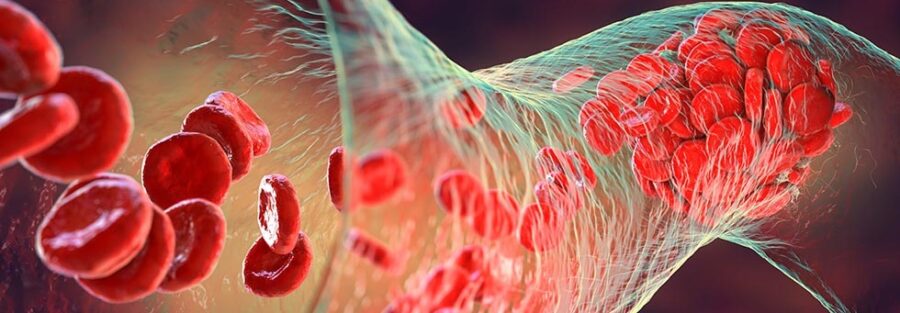Hemophilia A, often known as factor VIII deficiency or classic hemophilia, is not just a medical term—it’s a reality that impacts thousands of lives worldwide. This genetic condition results from a missing or defective factor VIII, a crucial protein responsible for blood clotting. While it is typically inherited, the startling truth is that nearly one-third of cases emerge without any family history.
Among those diagnosed, more than half endure the severe form. Hemophilia A stands as the more common variant, being four times as prevalent as hemophilia B, affecting people across all races and ethnicities.
The Genetics Behind Hemophilia A: What You Need to Know
Understanding the genetic basis of hemophilia A is essential, especially for families who suspect a hereditary link.
How Hemophilia is Passed Down
Hemophilia is a sex-linked disorder, meaning it is tied to the X and Y chromosomes. This distinction shapes how the condition is inherited.
The X-Linked Recessive Pattern:
Males inherit one X chromosome from their mother and one Y chromosome from their father. If the X chromosome from the mother carries the hemophilia gene, the son will develop the condition.
Females inherit two X chromosomes, one from each parent. Even if one X chromosome carries the hemophilia gene, the second X chromosome usually compensates, making them carriers rather than affected individuals. However, female carriers may experience symptoms like heavy menstrual bleeding or easy bruising.

Inheritance Possibilities for Female Carriers:
For each pregnancy, there are four potential outcomes:
A girl who is not a carrier
A girl who is a carrier
A boy without hemophilia
A boy with hemophilia
The Severity Spectrum of Hemophilia A
The impact of hemophilia A varies based on the level of clotting factor present in the blood:
Severe (less than 1% factor levels): This affects approximately 60% of cases, leading to frequent and serious bleeding episodes.
Moderate (1-5% factor levels): Representing about 15% of cases, moderate hemophilia results in occasional bleeding, often after injuries.
Mild (6-30% factor levels): Roughly 25% of cases fall into this category, with bleeding usually triggered by surgery or trauma.
Why This Matters
Raising awareness about hemophilia A is crucial, especially among teenagers who might someday make decisions about their families or support friends and relatives with the condition. It’s not just about understanding genetics—it’s about advocating for early diagnosis, effective management, and empathy for those navigating life with hemophilia A.
The journey of hemophilia A isn’t just a story of challenges—it’s a testament to the resilience of those who live with it. By spreading knowledge, you play a role in supporting individuals with hemophilia and their families.


